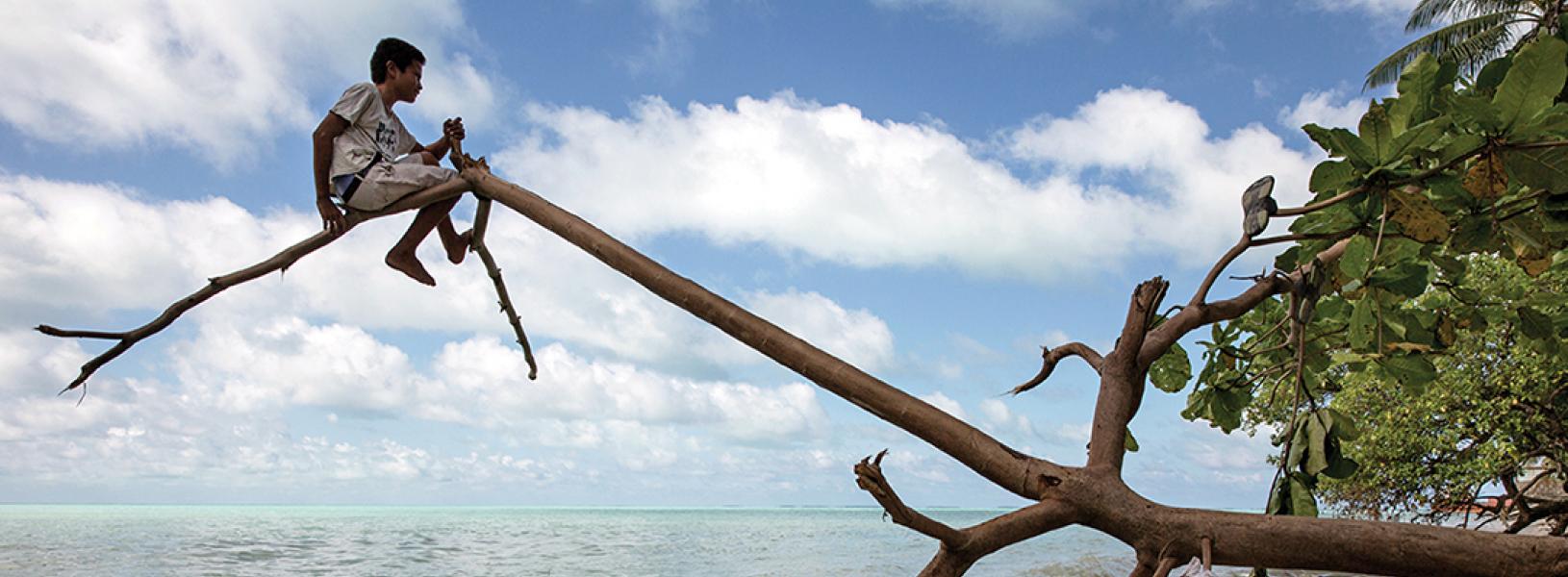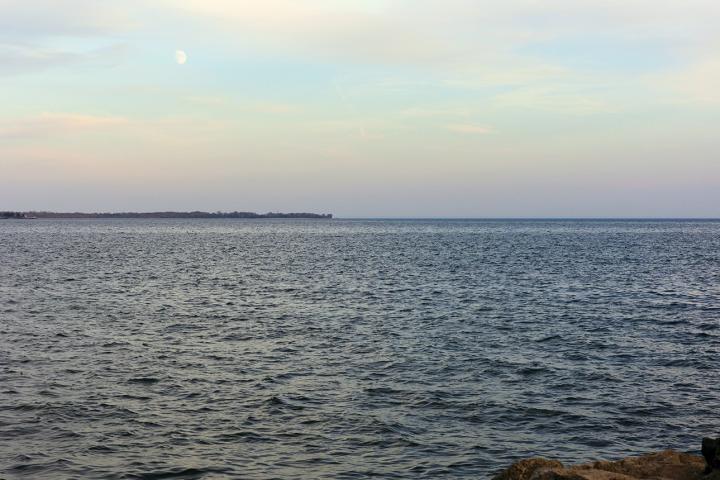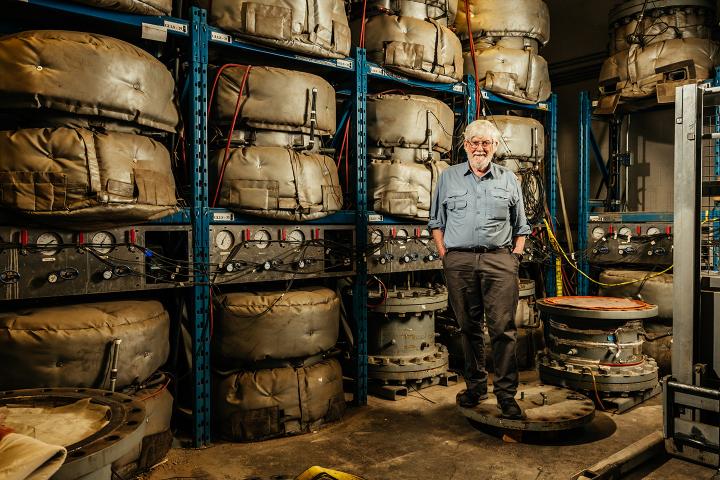We have all seen tourism photos of islands in Southeast Asia, with sleepy palms and turquoise water. There’s sunlight on the sand, Rodgers and Hammerstein wrote in the musical South Pacific, and moonlight on the sea.
Sounds idyllic. But what if climate change destroys these islands – along with their individual cultures and languages?
The question intrigues Anastasia Riehl, although it’s a little off her main path as head of the Strathy Language Unit at Queen’s, which studies Canadian English.
“The vast majority of the languages in the world are vulnerable,” she says. Estimates range from 50 to 90 per cent of languages facing the threat of disappearance – and by the time experts identify which are the most vulnerable it may be too late to save them.
“When I did my graduate work in linguistics, I included a specialization in Southeast Asia and studied Indonesian,” followed by field work there and in the Pacific, she says.
“Southeast Asia and the Pacific do have an inordinate number of languages. You have this temperate climate and all of these islands. There’s just a staggering number of islands.” (Indonesia alone has more than 17,000 islands.) “That combination of geography and climate led to many discrete groups of people and therefore all these thousands of different languages developed.”
There are some 7,000 languages in the world, though the concept is a little fuzzy at times: Does one community speak a unique language, or is it a dialect? Have any la-n-guages been missed? There are some 800 languages just in Papua, New Guinea.
For a long time, these languages thrived in relative isolation from each other.
“If you’re several hours on foot from another village, then even though you might meet and trade, you’re not communicating every day. So, the languages or dialects remain distinct.”
And then the climate began to change.
Now we are adding the pressure from migration – “the fact that climate is forcing people to move and leave their communities.
“You’ve got sea-level rise. You’ve got increasingly worse storms. Drought. All these things are having an inordinate effect on … this part of the world in particular.”
Many of the islands are low-lying, so that a rising ocean threatens to flood towns and farmland. “It’s having a huge impact. And those happen to be the places where you have a number of small languages, small communities that are on coastlines. They’re getting hit first in extreme ways and they happen to be some of the smallest, most vulnerable [populations] to begin with.”
As these people are absorbed by larger communities, they may leave their original languages behind.
Languages have intrigued Dr. Riehl since childhood, but linguistics was an unexpected left turn.
“I transferred universities my junior year. I was an English major and all of the English courses were full, so I registered for linguistics, which was cross listed, not knowing what linguistics was.” She was hooked.
“Many people feel that language is so closely intertwined with identity, and we can certainly see the way that it is playing out with Indigenous languages in Canada today,” she says. When it grows more difficult to hang on to a threatened culture, “language is this very important, salient thing for them.”
And the scientific world has much to learn, she believes. Much of our understanding of how our brains process language comes from studying a small number of the most common languages. “There is still so much that we don’t know about how language works cognitively,” and without studying languages from many smaller communities we have only “a tiny piece of the puzzle. If we lose languages before they have been documented, we’re losing valuable data. We’ll never see the full picture. Many of them will be lost before we have that information.”
Although she worries about the loss of these languages, she remains hopeful that there is still a great deal we can do to preserve and revitalize others.


